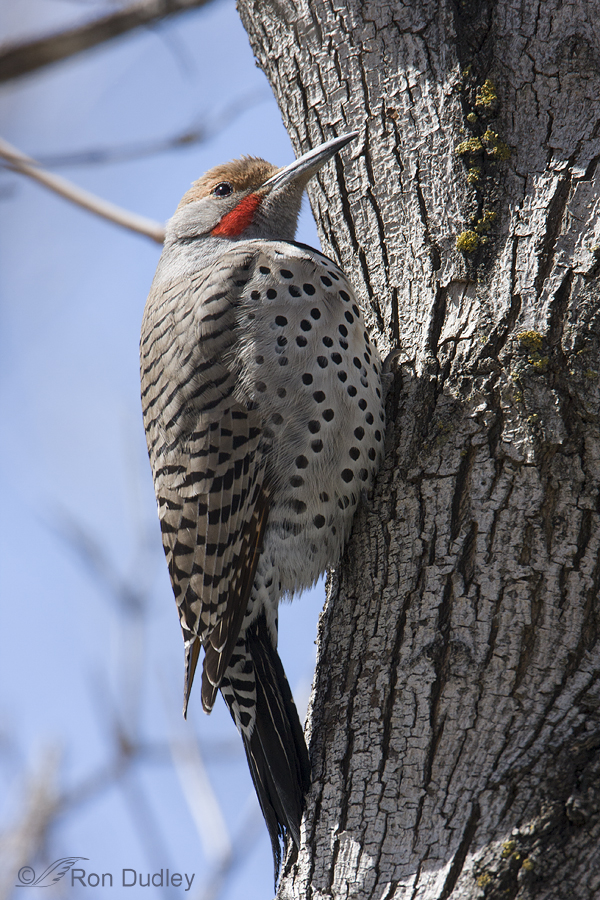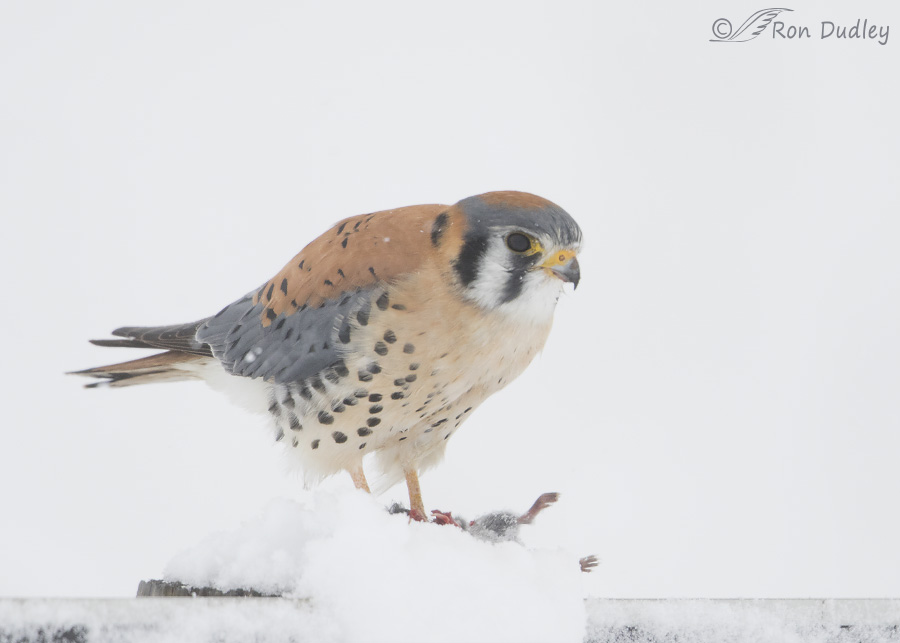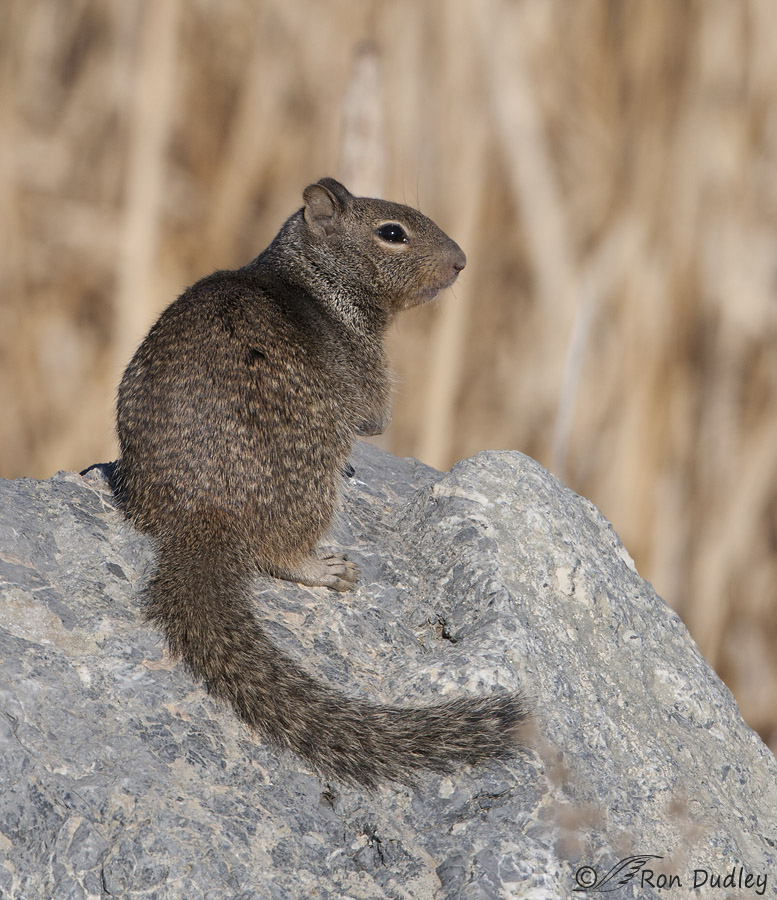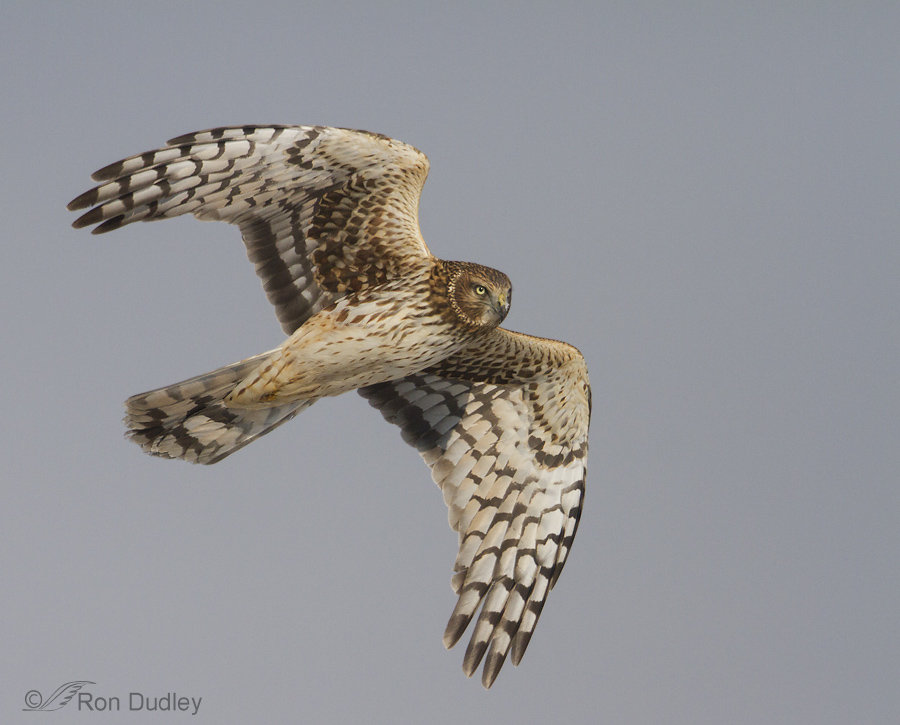Tag: RAW
Rock Squirrels
Surprise Harrier
A Northern Flicker And The Kindness Of A Stranger

In early 2008 I was a frustrated novice photographer. I had recently invested heavily in an expensive “bird lens” and switched over from shooting in JPEG to RAW all in an effort to get high quality shots but it just wasn’t happening. My images were not as sharp as they should be and I couldn’t figure out why.
Blackbird On Stilts (subtitled JPEG vs RAW)
This is one of the oldest bird images in my files, taken on 6/17/07 and very soon after I became serious about bird photography. At the time I was still shooting JPEGs (rather than RAW). In my ignorance, making the decision to start shooting RAW was stressful for me. I was already overwhelmed by everything I had yet to master, from camera and lens operation to computer and processing skills and I was reluctant to add yet another layer to the mountain of “stuff” I had to learn. After about 6 months I finally took the plunge and changed the setting on my old Canon XTi from JPEG to RAW and I’ve never looked back. The only thing I’ve ever regretted was taking so long to make the change. To this day I dread having to process one of those older images that was taken as a JPEG (like the photo below). The JPEG vs RAW debate has been around for a while and I don’t mean to settle it here. All I know is that I much prefer processing RAW files for a variety of reasons. 1/1600, f/8, ISO 400, 500 f/4, 1.4 tc, natural light I always get a kick out of seeing birds in spread-eagled poses like this Yellow-headed Blackbird is demonstrating – it makes me think that if they don’t let go they’re going to split down the middle clear to the wishbone (furcula). Usually when I see this pose the two “perches” the bird is grasping are green reeds with many other reeds of similar colors nearby in the frame. But…
A Pied-billed Grebe Attempts To Dismember A Frog
Pied-billed Grebes are opportunistic feeders, taking large crustaceans (especially crayfish), fish, insects and other invertebrates. They also consume a lot of frogs when they’re available. When the prey is too large to swallow whole (frogs and crayfish especially) they grasp the appendages with their beak and shake it vigorously until the limbs break off. I’ve also seen adults tear off bits of the body trunk of frogs to feed to their chicks. This bird is a juvenile, still learning the finer points of consuming prey. This stage of plumage development is referred to as the “stripe-head stage”, for obvious reasons. Adults lose those stripes. The frog it has captured is probably one of the first amphibians the bird has had to deal with without assistance from a parent and that inexperience seemed obvious as the young bird dealt with the frog. I’ve presented all the photos in this series in the order they were taken. As you can see, the young frog hasn’t yet fully metamorphosed into an adult and retains the tadpole tail. The grebe would repeatedly grasp a limb (it tried all 5 of them several times)… and then shake the frog violently in an apparent attempt to tear the appendage off like it has seen its parents do so many times before. Here it’s working on the left front leg. Other times the bird would grasp the body and shake. Hard! At times the grebe would appear to rest and “think” about its…
The Trouble With Harriers
Obtaining proper exposure on certain birds with high contrast colors has always been a big problem for bird photographers. When your subject has both very light and very dark colors it becomes problematic to get good detail in the darks without “blowing out” the whites, especially if the whites are very bright white. A partial list of bird species that are notoriously difficult to expose properly would include the Black Billed Magpie, male Wood Duck, adult Bald Eagle and many species of Terns. And because of the bright white rump patch found on all ages and both sexes of Northern Harriers, that species would also be on the list. One of the partial solutions to this problem is to photograph while the sun is low during either early morning or late afternoon because the light is much less “harsh” then and also because it has a better chance of striking the bird obliquely rather than at right angles (light at an angle tends to produce tiny texture shadows – “detail”). 1/2000, f/6.3, ISO 500, 500 f/4, 1.4 tc, natural light, not baited, set up or called in I like this image for a variety of reasons: the well-lit and detailed view of the topside of a harrier in flight, provided by the banking flight posture of the bird getting good eye contact with this flight posture isn’t easy, but this shot has it the background has some color texture – instead of solid blue sky or white clouds it’s a subtle mixture of both the harrier is sharp –…
Rock Squirrels
Surprise Harrier
A Northern Flicker And The Kindness Of A Stranger

In early 2008 I was a frustrated novice photographer. I had recently invested heavily in an expensive “bird lens” and switched over from shooting in JPEG to RAW all in an effort to get high quality shots but it just wasn’t happening. My images were not as sharp as they should be and I couldn’t figure out why.
Blackbird On Stilts (subtitled JPEG vs RAW)
This is one of the oldest bird images in my files, taken on 6/17/07 and very soon after I became serious about bird photography. At the time I was still shooting JPEGs (rather than RAW). In my ignorance, making the decision to start shooting RAW was stressful for me. I was already overwhelmed by everything I had yet to master, from camera and lens operation to computer and processing skills and I was reluctant to add yet another layer to the mountain of “stuff” I had to learn. After about 6 months I finally took the plunge and changed the setting on my old Canon XTi from JPEG to RAW and I’ve never looked back. The only thing I’ve ever regretted was taking so long to make the change. To this day I dread having to process one of those older images that was taken as a JPEG (like the photo below). The JPEG vs RAW debate has been around for a while and I don’t mean to settle it here. All I know is that I much prefer processing RAW files for a variety of reasons. 1/1600, f/8, ISO 400, 500 f/4, 1.4 tc, natural light I always get a kick out of seeing birds in spread-eagled poses like this Yellow-headed Blackbird is demonstrating – it makes me think that if they don’t let go they’re going to split down the middle clear to the wishbone (furcula). Usually when I see this pose the two “perches” the bird is grasping are green reeds with many other reeds of similar colors nearby in the frame. But…
A Pied-billed Grebe Attempts To Dismember A Frog
Pied-billed Grebes are opportunistic feeders, taking large crustaceans (especially crayfish), fish, insects and other invertebrates. They also consume a lot of frogs when they’re available. When the prey is too large to swallow whole (frogs and crayfish especially) they grasp the appendages with their beak and shake it vigorously until the limbs break off. I’ve also seen adults tear off bits of the body trunk of frogs to feed to their chicks. This bird is a juvenile, still learning the finer points of consuming prey. This stage of plumage development is referred to as the “stripe-head stage”, for obvious reasons. Adults lose those stripes. The frog it has captured is probably one of the first amphibians the bird has had to deal with without assistance from a parent and that inexperience seemed obvious as the young bird dealt with the frog. I’ve presented all the photos in this series in the order they were taken. As you can see, the young frog hasn’t yet fully metamorphosed into an adult and retains the tadpole tail. The grebe would repeatedly grasp a limb (it tried all 5 of them several times)… and then shake the frog violently in an apparent attempt to tear the appendage off like it has seen its parents do so many times before. Here it’s working on the left front leg. Other times the bird would grasp the body and shake. Hard! At times the grebe would appear to rest and “think” about its…
The Trouble With Harriers
Obtaining proper exposure on certain birds with high contrast colors has always been a big problem for bird photographers. When your subject has both very light and very dark colors it becomes problematic to get good detail in the darks without “blowing out” the whites, especially if the whites are very bright white. A partial list of bird species that are notoriously difficult to expose properly would include the Black Billed Magpie, male Wood Duck, adult Bald Eagle and many species of Terns. And because of the bright white rump patch found on all ages and both sexes of Northern Harriers, that species would also be on the list. One of the partial solutions to this problem is to photograph while the sun is low during either early morning or late afternoon because the light is much less “harsh” then and also because it has a better chance of striking the bird obliquely rather than at right angles (light at an angle tends to produce tiny texture shadows – “detail”). 1/2000, f/6.3, ISO 500, 500 f/4, 1.4 tc, natural light, not baited, set up or called in I like this image for a variety of reasons: the well-lit and detailed view of the topside of a harrier in flight, provided by the banking flight posture of the bird getting good eye contact with this flight posture isn’t easy, but this shot has it the background has some color texture – instead of solid blue sky or white clouds it’s a subtle mixture of both the harrier is sharp –…




